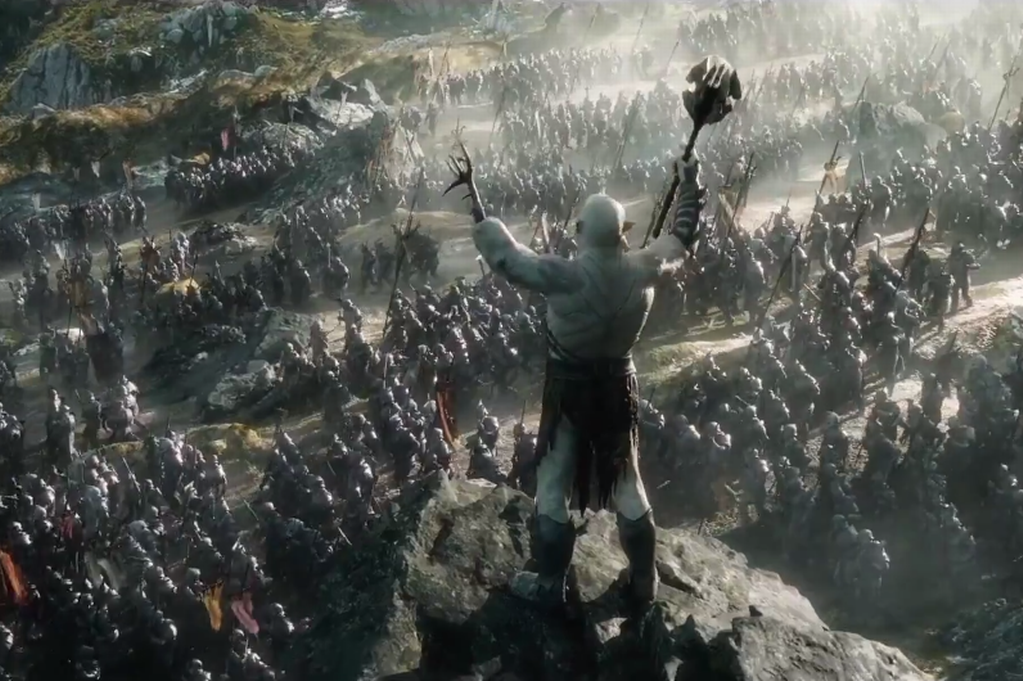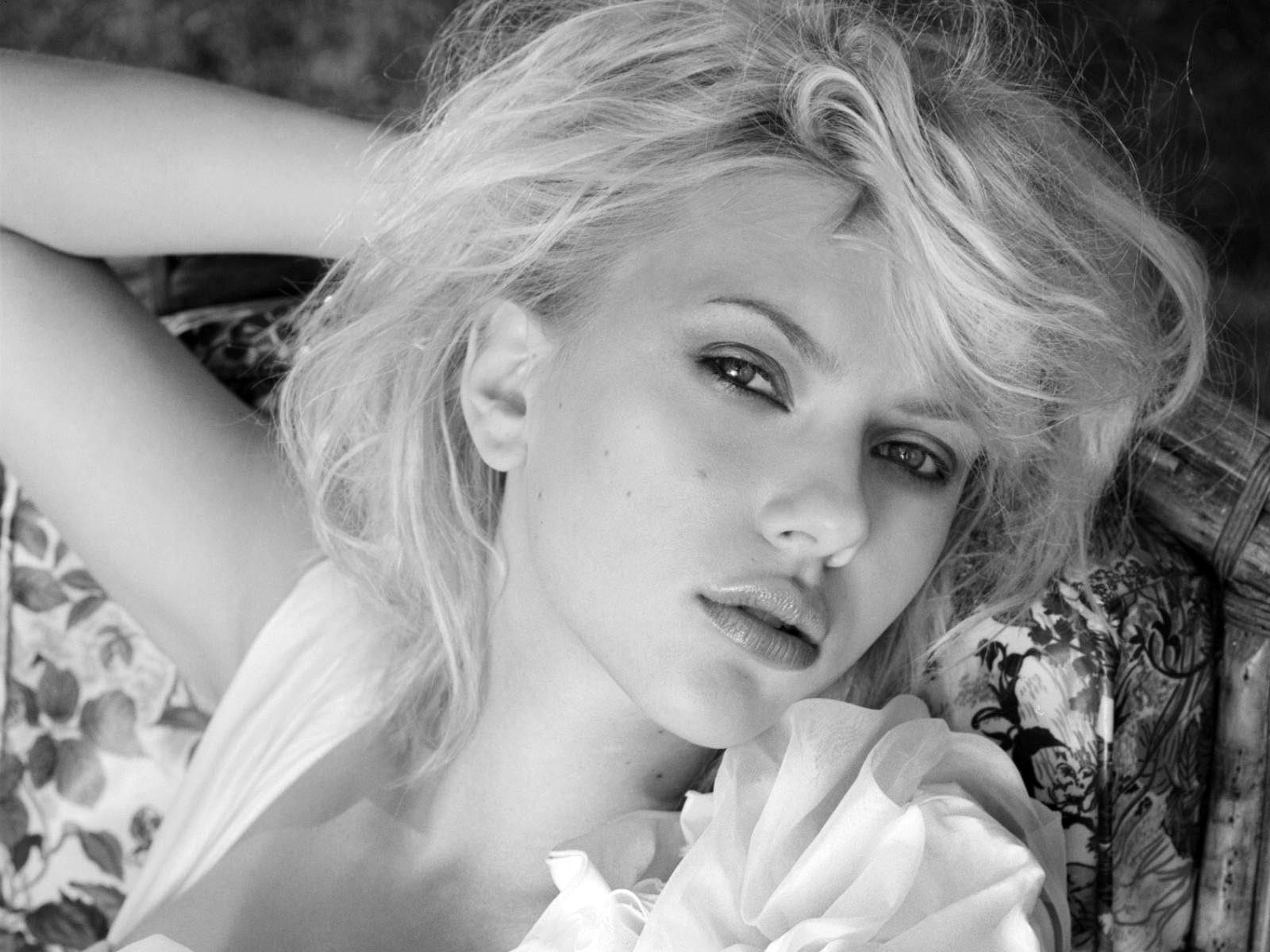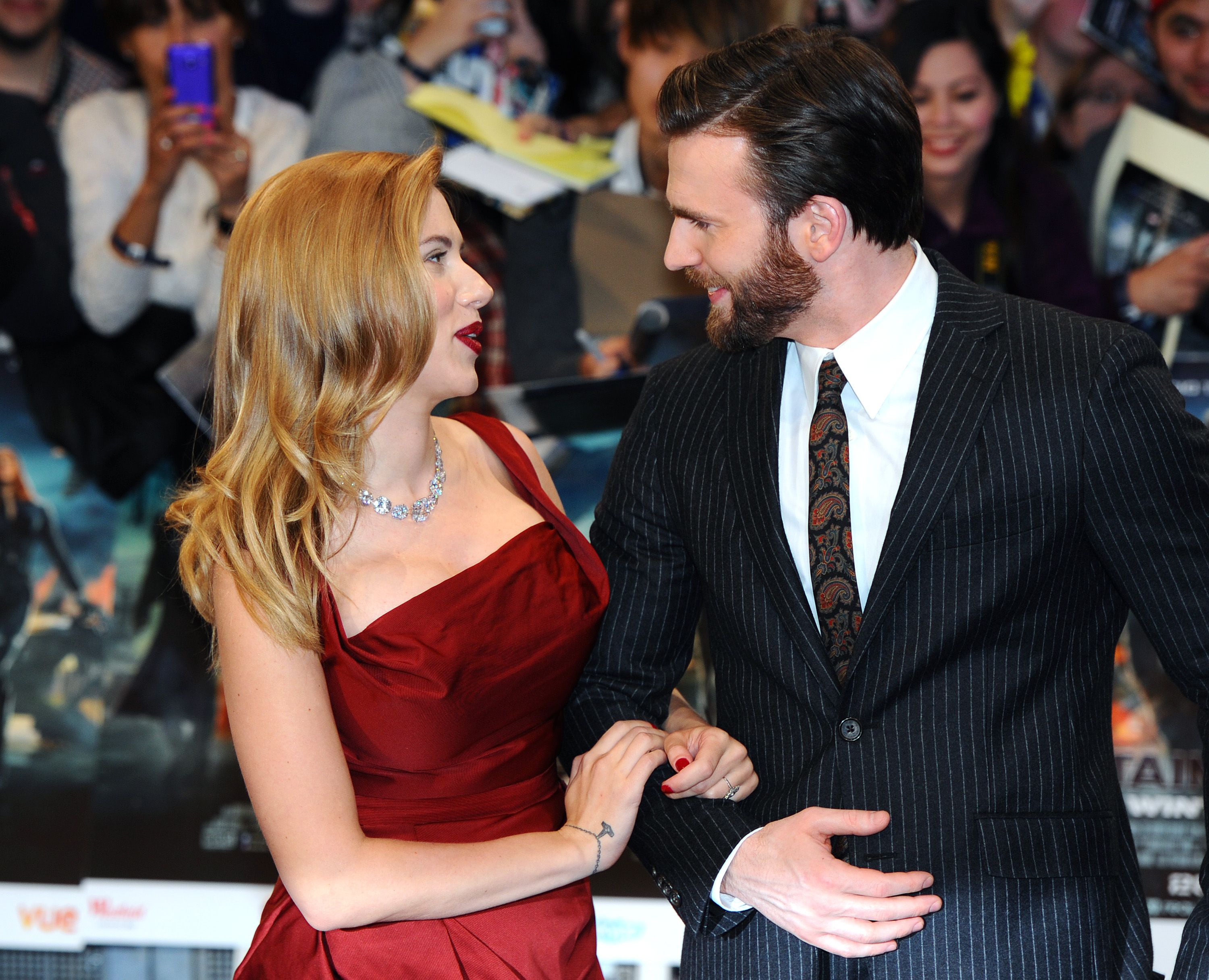Analyzing The Hobbit: The Battle Of The Five Armies: A Critical Review

Table of Contents
Visual Spectacle and CGI
The Battle of Five Armies is undeniably a visual feast. The film's CGI is, at times, breathtaking, particularly in the depiction of the massive Battle of Five Armies itself. The sheer scale of the conflict, the detailed rendering of the various armies (dwarves, elves, men, goblins, and wargs), and the destructive power of the battle are all impressive feats of visual effects. Smaug's fiery destruction in Lake Town, too, remains a highlight, showcasing the power and artistry of modern CGI. However, the film's overreliance on CGI sometimes overshadows the emotional core of the story. While the visual effects are undeniably impressive, they sometimes lack the emotional weight and subtlety that could have elevated the narrative.
- Detailed examination of the Battle of Five Armies sequence: The scale is awe-inspiring, though the sheer number of CGI characters occasionally detracts from individual character moments within the chaos. The choreography is effective in showcasing the diverse fighting styles of the various armies, but clarity sometimes suffers amidst the visual overload. The overall impact is impressive but could have benefited from a more balanced approach between visual spectacle and emotional storytelling.
- Assessment of the CGI portrayal of Smaug and other creatures: Smaug is a magnificent creation, convincingly conveying both menace and power. Other creatures, such as the wargs and goblins, are also well-realized, contributing to the film's overall sense of fantasy grandeur. However, even with impressive technical achievement, some creatures lack distinct personality beyond their visual design.
- Discussion of the film's overall visual style and its contribution to the narrative: The visual style is consistent with the previous Hobbit films, creating a visually cohesive trilogy. However, the focus on visual grandeur occasionally detracts from character development and narrative focus, hindering the emotional connection between the audience and the characters.
Narrative Structure and Pacing
The narrative structure of The Battle of Five Armies is arguably the film's weakest point. The pacing feels rushed, particularly in the lead-up to and during the climactic battle. The multiple storylines – the dwarves' reclaiming of Erebor, the threat of Smaug, the burgeoning conflict between the armies – are interwoven in a way that feels somewhat disjointed. The sheer amount of plot crammed into the film’s runtime often leaves little room for character development beyond the most crucial beats. While the film strives to be a faithful adaptation of Tolkien's The Hobbit, many plot points are condensed or omitted altogether, resulting in a narrative that feels less nuanced and emotionally resonant than the source material.
- Critique of the film's pacing, particularly in the lead-up to and during the battle: The rapid-fire sequence of events makes it difficult for the audience to fully process the implications of the unfolding conflicts.
- Analysis of character motivations and development (e.g., Thorin, Bilbo, Gandalf): While Thorin's descent into madness and his subsequent redemption arc are central to the narrative, the rapidity of this arc limits its emotional impact. Bilbo's development feels somewhat sidelined by the broader events, and Gandalf's role, while important, lacks the depth and complexity seen in the Lord of the Rings trilogy.
- Comparison of the film's narrative to Tolkien's original work: The film significantly deviates from the source material, expanding upon certain aspects while omitting or condensing others. This results in a narrative that, while visually engaging, lacks the subtle complexities and character nuances of Tolkien’s original story.
Themes and Character Development
Despite its narrative shortcomings, The Battle of Five Armies successfully explores several important themes: greed, redemption, the cost of war, loyalty, and friendship. Thorin Oakenshield’s arc, in particular, serves as a compelling exploration of greed and its corrupting influence. His ultimate redemption, though rushed, delivers a powerful message about the importance of overcoming one’s flaws and the value of forgiveness. The film also tackles the devastating consequences of war, showing the human cost of conflict and the lasting impact on the survivors. The bonds of friendship between Bilbo, Gandalf, and the dwarves are also explored, demonstrating the importance of loyalty and companionship in the face of adversity.
- In-depth discussion of Thorin Oakenshield's character arc and its resolution: Thorin's transformation is the emotional core of the film, though its abruptness compromises its full potential.
- Analysis of the portrayal of other key characters and their contributions to the themes: While Thorin's arc is central, other characters, such as Bilbo and Gandalf, offer supporting explorations of the film's core themes.
- Examination of the film's handling of complex themes such as the consequences of war and the nature of greed: The film effectively showcases the destructive nature of greed and the devastating consequences of war, but these themes could have benefited from more nuanced exploration.
Comparison to the Books and Previous Films
The Battle of the Five Armies significantly diverges from Tolkien's The Hobbit, taking considerable creative liberties to expand upon certain plot points and condense others. This approach, while visually exciting, often sacrifices narrative depth and character development. Compared to the previous Hobbit films, The Battle of Five Armies feels more focused on action and spectacle, sometimes at the expense of storytelling. While visually cohesive with the trilogy, it lacks the more thoughtful pacing and character exploration present in the Lord of the Rings films. This divergence from source material and the stylistic choices made have been a key factor in the mixed reception the film received.
- Specific examples of deviations from the book and their justification (or lack thereof): The expansion of the romance between Tauriel and Kili, for example, is a major departure from the book and has been a point of contention amongst fans. Other plot points are streamlined or omitted, affecting the overall narrative flow and character interactions.
- Comparison of the film's tone and style to the previous Hobbit films: The film maintains the stylistic consistency of the trilogy, but shifts focus from the quieter, more character-driven elements of the earlier films towards a more action-oriented climax.
- Analysis of how the film concludes the overall story arc of the trilogy: The film provides closure to the overarching narrative, but its rushed pacing means the emotional impact is lessened.
Conclusion
The Hobbit: The Battle of the Five Armies is a visually stunning film, delivering on the promise of epic battle sequences and impressive CGI. However, its rushed pacing, condensed narrative, and deviations from Tolkien’s source material ultimately detract from its overall impact. While the film successfully explores themes of greed, redemption, and the cost of war, its truncated character arcs and narrative structure limit the emotional depth and resonance of these explorations. The film succeeds as a visually impressive spectacle but falls short as a compelling adaptation of Tolkien's work. As a conclusion to the Hobbit trilogy, it offers a satisfying, if somewhat superficial, resolution.
What are your thoughts on The Hobbit: The Battle of the Five Armies? Share your opinions and critical analysis in the comments below! Be sure to check out our other Hobbit movie reviews and analyses for further insights into this complex film adaptation.

Featured Posts
-
 Pochemu Skarlett Yokhansson Ne Sdelala Selfi S Fanatom
May 13, 2025
Pochemu Skarlett Yokhansson Ne Sdelala Selfi S Fanatom
May 13, 2025 -
 Will Mortgage Rates Under 3 Boost Canadas Housing Market
May 13, 2025
Will Mortgage Rates Under 3 Boost Canadas Housing Market
May 13, 2025 -
 Salman Khans Biggest Box Office Disasters A Look At Films That Didnt Even Earn R1 Crore
May 13, 2025
Salman Khans Biggest Box Office Disasters A Look At Films That Didnt Even Earn R1 Crore
May 13, 2025 -
 Netflix Adds Undiscovered Scarlett Johansson And Chris Evans Comedy
May 13, 2025
Netflix Adds Undiscovered Scarlett Johansson And Chris Evans Comedy
May 13, 2025 -
 Menilik Strategi Sby Resolusi Konflik Myanmar Tanpa Intervensi Langsung
May 13, 2025
Menilik Strategi Sby Resolusi Konflik Myanmar Tanpa Intervensi Langsung
May 13, 2025
